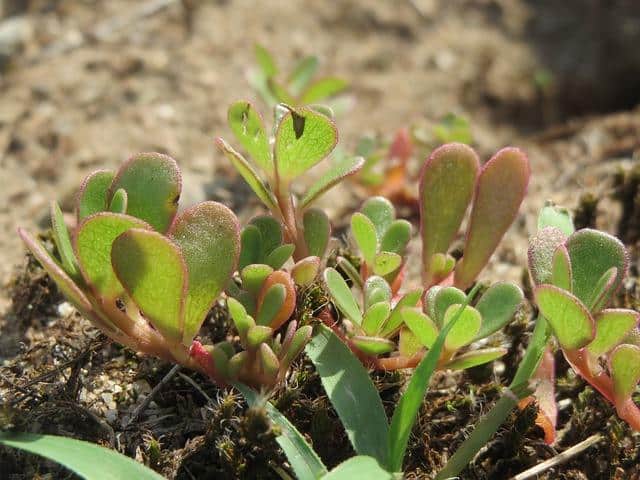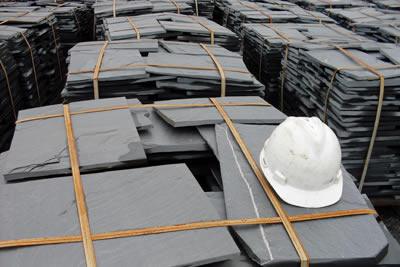
We tend to take weeds for granted. We spray them, pull them out and either compost them or simply toss them in a field. Unfortunately, we’re often tossing away nature’s bounty.
We’ll pay a premium for spinach or kale but lose sight of the fact that many plants like dandelions, plantain and purslane have equal nutritional value.
In fact, purslane not only equals the nutritional value of spinach and kale, but it also has a semi-sweet, salty and succulent flavor. Dandelion leaves and plantain leaves can acquire a bit of bitterness once they begin to flower or go to seed. Purslane is different.
That’s because purslane is a succulent plant. It is related to the cactus and absorbs water, which gives it a refreshing taste and flavor. Unlike the cactus it has no needles and when chilled makes a great addition to a tossed, green salad and will stand up to the boil of a soup or broth.
Just 30 Grams Of This Survival Superfood Provides More Nutrition Than An Entire Meal!
Purslane is high in omega-3 fatty acids and contains vitamins A, B, and C, and magnesium, calcium, potassium and iron. It’s also an excellent source of fiber.
Here are the official nutrition facts on a serving of purslane:
| Principle | Nutrient Value | Percentage of RDA |
| Energy | 16 Kcal | 1.5% |
| Carbohydrates | 3.4 g | 3% |
| Protein | 1.30 g | 2% |
| Total Fat | 0.1 g | 0.5% |
| Cholesterol | 0 mg | 0% |
| Vitamins | ||
| Folates | 12 µg | 3% |
| Niacin | 0.480 mg | 3% |
| Pantothenic acid | 0.036 mg | 1% |
| Pyridoxine | 0.073 mg | 5.5% |
| Riboflavin | 0.112 mg | 8.5% |
| Thiamin | 0.047 mg | 4% |
| Vitamin A | 1320 IU | 44% |
| Vitamin C | 21 mg | 35% |
| Electrolytes | ||
| Sodium | 45 mg | 3% |
| Potassium | 494 mg | 10.5% |
| Minerals | ||
| Calcium | 65 mg | 6.5% |
| Copper | 0.113 mg | 12.5% |
| Iron | 1.99 mg | 25% |
| Magnesium | 68 mg | 17% |
| Manganese | 0.303 mg | 13% |
| Phosphorus | 44 mg | 6% |
| Selenium | 0.9 µg | 2% |
| Zinc | 0.17 mg | 1.5% |
Both the leaves and stems are edible, which also sets it apart from other “wild” weeds. I’ve even incorporated purslane leaves into deli salads like potato salad, egg salad and tuna salad to give a burst of freshness and flavor. You also can eat purslane on its own. It has a burst of flavor when chilled.

Purslane grows close to the ground and needs to be washed and rinsed a couple of times. As a low-growing plant it tends to pick up a lot of dirt, dust and those ever-present bugs. Once you’ve washed and rinsed your purslane harvest, you can easily store it in the crisper in your refrigerator. It keeps fairly well in a plastic bag or tied into a bunch with a rubber band.
If you’ve never tried purslane, here are a few easy ways to enjoy it and some ideas about how to add it to many of the things you eat.
Purslane Salad
I usually toss a cup of chopped purslane into a chopped green salad and top it with an apple-cider vinaigrette of a ½-cup of oil, a cup of apple-cider vinegar and a tablespoon of water with about a half-teaspoon of salt and a half-teaspoon of pepper. You also can eat the purslane salad on its own if you can harvest enough of it.
Purslane Soup
Bring 4 cups of chicken broth to a boil and add a cup of noodles and when the noodles are done add a cup of chopped purslane leaves and stems for 2 minutes.
Bacon Fried Purslane
Fry 6 strips of bacon until crisp and then drain on paper towels. In the reserved drippings toss chopped purslane leaves and stems. Chop the bacon and top the purslane with the bacon bits.
Growing Purslane
Growing purslane is surprisingly easy. The seeds are simply cast on the top of dry soil, and they germinate quickly. Purslane cuttings of the stems also will develop roots when watered. It’s a tough plant and grows in the worst conditions, which is why it’s considered to be a weed by so many gardeners. But once you get to know purslane, your view of it surely will change.
What advice would you add on eating purslane? Share your tips in the section below:
Harness The Power Of Nature’s Most Remarkable Healer: Vinegar










